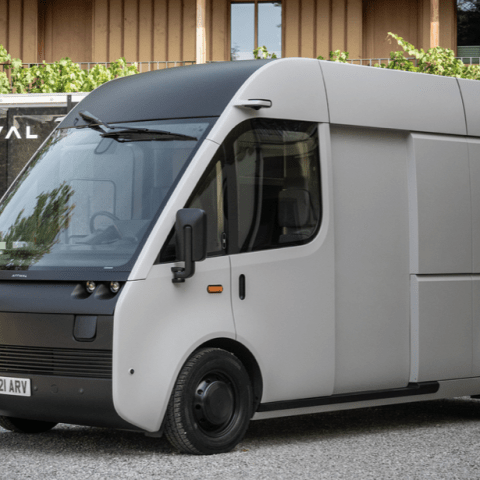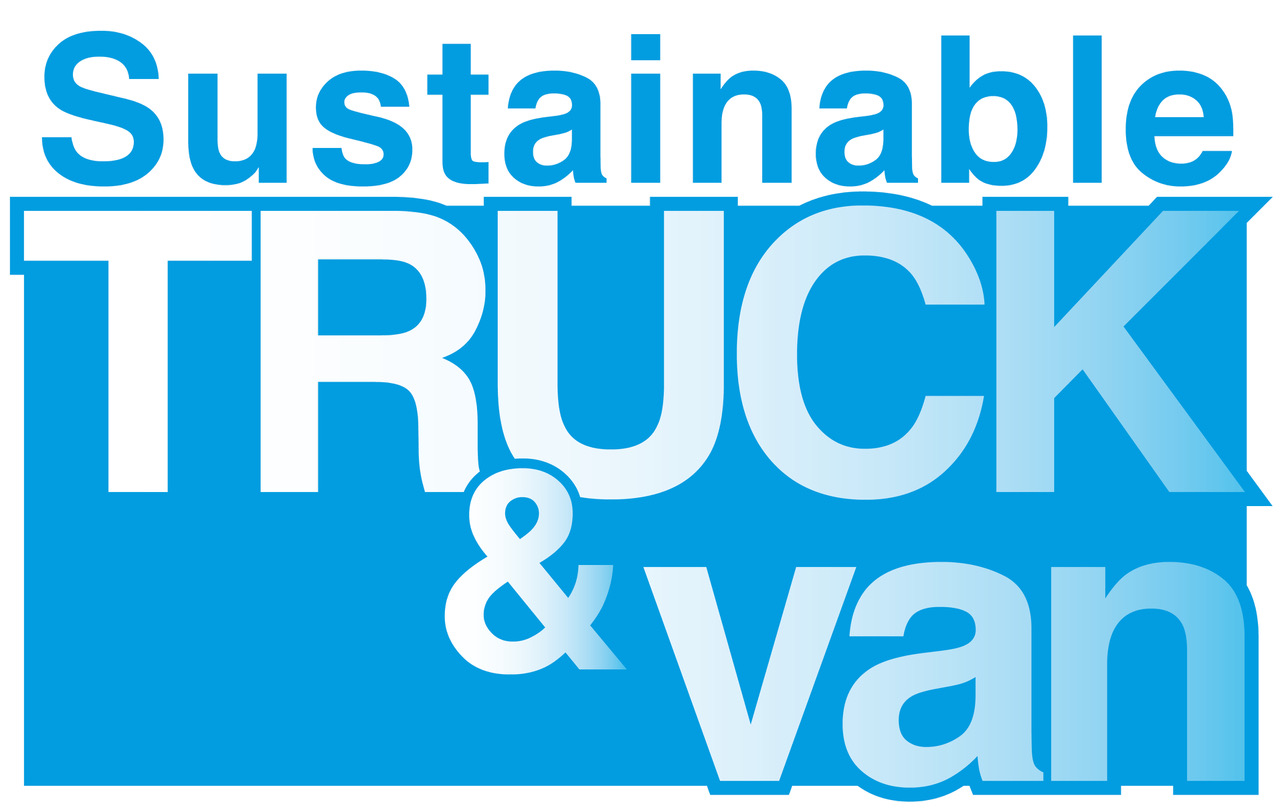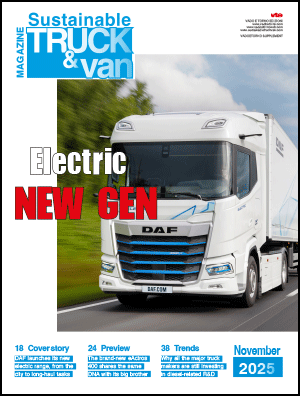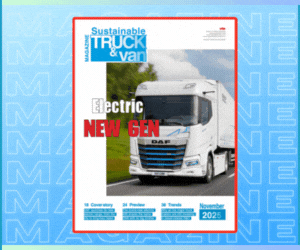There’s no peace for Arrival: focus shifted to the U.S. and more jobs to be cut
The shift to the U.S. market by a regulatory filing posted last week, as reported by the international press. It's not clear yet how many jobs will be cut in Europe, however Arrival will be reorganizing in order to "right-size the organization".

Once again, Arrival seems to reorganize its whole business, this time totally shifting its focus to the U.S. market, thus leaving the European market alone. It’s quite bizarre, indeed, as the company is UK-based and the very first production verification vans were produced in Bicester, UK. So, although the company’s founder has recently reassured its workers and stakeholders with an open letter, trouble has come once again for the Arrival project.
Why is Arrival moving to the U.S.?
Indeed, the shift to the U.S. market by a regulatory filing posted last week, as reported by the international press. It’s not clear yet how many jobs will be cut in Europe, however Arrival will be reorganizing in order to “right-size the organization”. It seems that money is running out and it’s not easy to find investors to comply with the original plan to set microfactories all over Europe where the electric vehicles would be built in a flexible way.
Not long ago, Arrival was forced to announce 30% workforce cut due to business restructuring. Also, it’s not coincidence that Volta Trucks is opening job positions addressed to former Arrival employees. So far, the electric van project is the only one up and running. The electric bus and electric car projects are currently in standby and it’s not clear at all whether they will be restored or not.















